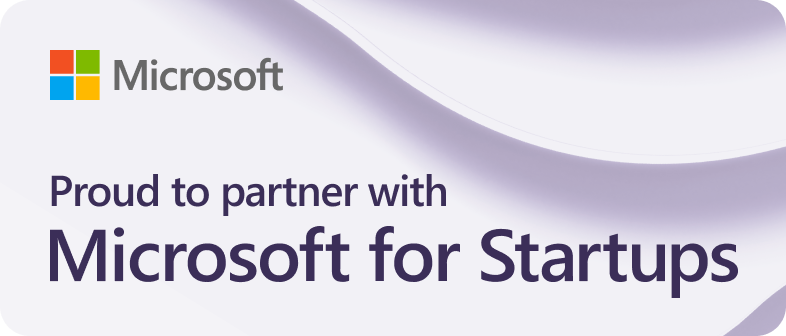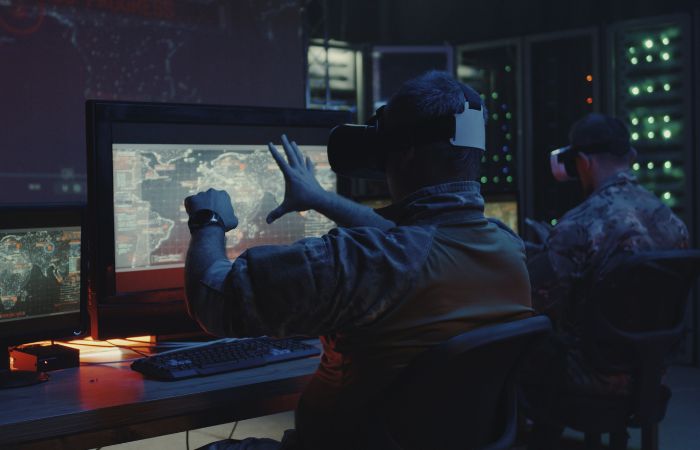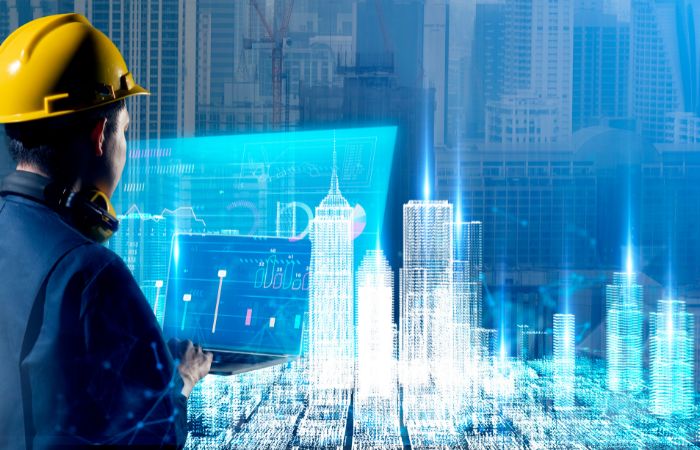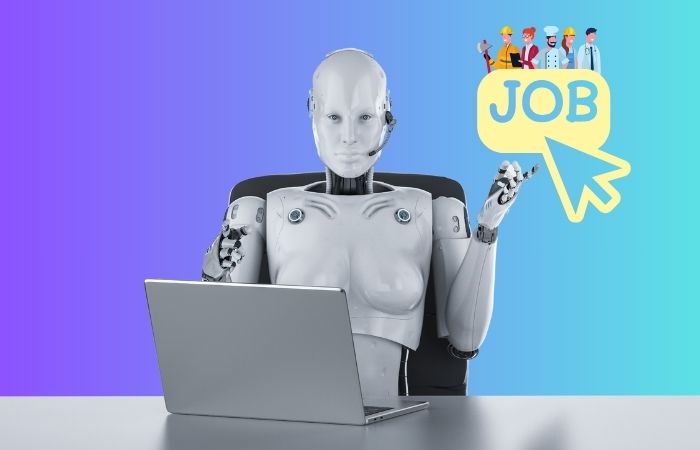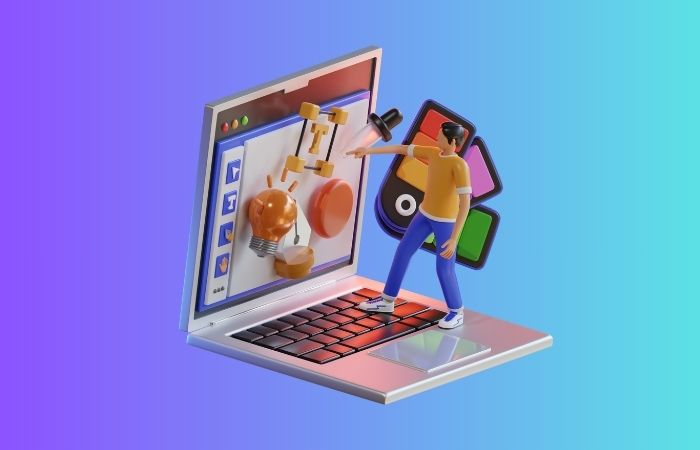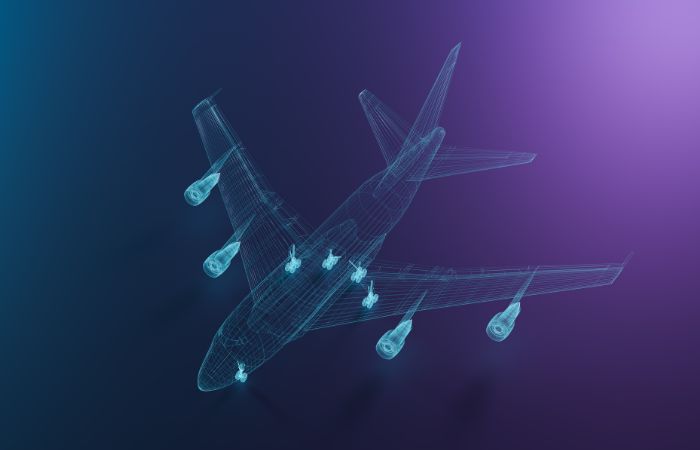Digital Twin
Digital twin technology has emerged as a powerful tool that brings together the physical and digital realms, enabling organizations to enhance their operations, optimize processes, and improve overall efficiency.
This page will delve into the intricacies of digital twin technology, its applications across various industries, and its potential impact on our lives.
Show Your 3D Files on Internet with Clooned Tool
Try Clooned today and take your products to the next level!
Contact us for more information.
What is Digital Twin?
Introduction: Understanding Digital Twin
The concept of a digital twin refers to a virtual replica or representation of a physical entity, be it a product, process, or system. It encompasses the use of advanced technologies such as the Internet of Things (IoT), artificial intelligence (AI), and data analytics to create a real-time digital counterpart that mimics the behavior, characteristics, and performance of its physical counterpart. By combining sensor data, machine learning algorithms, and connectivity, digital twins provide organizations with valuable insights, enabling them to optimize operations, make informed decisions, and drive innovation.
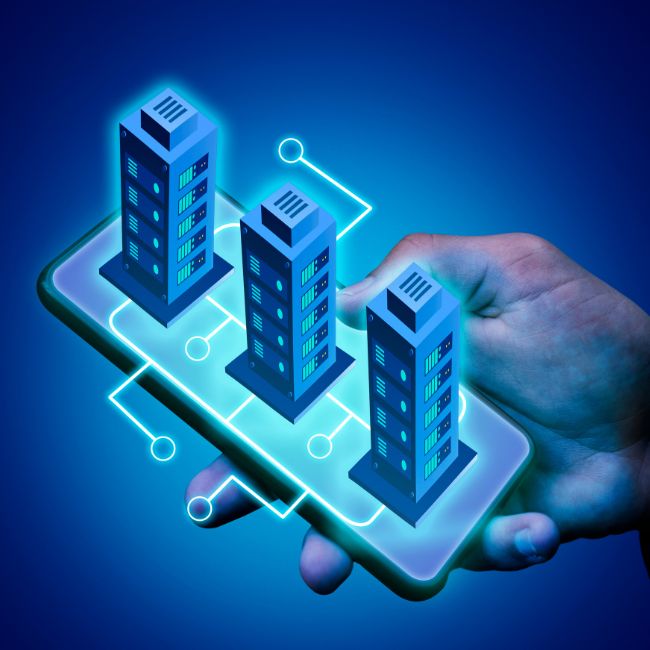
The Components of a Digital Twin
A digital twin comprises three key components: the physical entity, the digital model, and the connection between them. The physical entity represents the tangible object or system, while the digital model acts as its virtual counterpart. The connection between the two enables a continuous exchange of data, facilitating real-time monitoring, analysis, and control.
This interconnectedness allows organizations to gain a holistic understanding of their assets, enabling proactive maintenance, performance optimization, and simulation-based analysis.
Digital Twin Technology in Manufacturing
Digital twin technology has revolutionized the manufacturing industry by facilitating improved product design, production planning, and quality control. Manufacturers can create virtual replicas of their physical assets, including machinery, production lines, and entire factories. These digital twins enable real-time monitoring of equipment performance, predictive maintenance, and simulations to optimize production processes.
By leveraging digital twins, manufacturers can reduce downtime, enhance product quality, and streamline operations, leading to increased efficiency and cost savings.
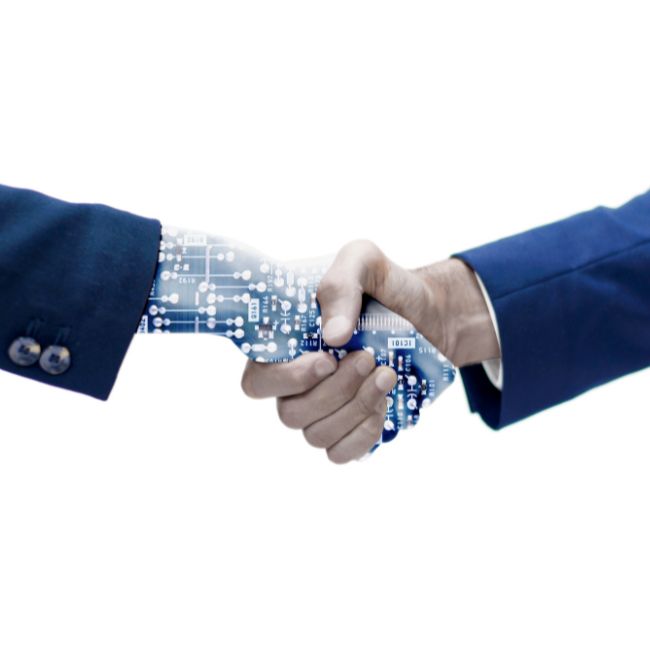
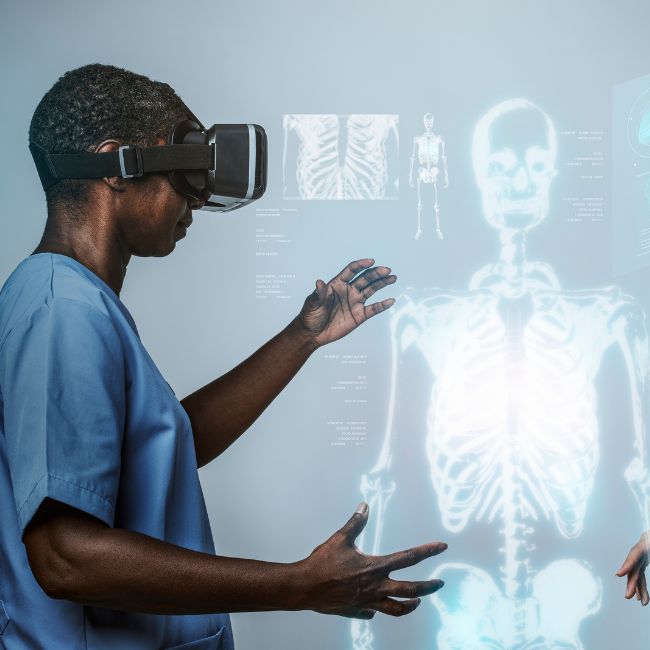
Digital Twin Applications in Healthcare
The healthcare industry has also embraced digital twin technology to enhance patient care, optimize resource allocation, and improve clinical outcomes. Digital twins can be utilized to create personalized models of patients, incorporating their physiological data, medical history, and genetic information. These virtual representations enable healthcare professionals to monitor patients remotely, simulate treatment options, and predict potential health issues.
By leveraging digital twins in healthcare, medical practitioners can provide personalized care, reduce hospital readmissions, and optimize treatment plans.
Leveraging Digital Twins in Smart Cities
Digital twin technology plays a crucial role in the development of smart cities. By creating virtual replicas of urban infrastructures such as buildings, transportation systems, and utilities, city planners and administrators can gain valuable insights into their operations and make data-driven decisions. Digital twins enable the simulation of various scenariosand allow for effective urban planning, traffic management, energy optimization, and resource allocation.
By leveraging digital twins in smart cities, urban areas can become more sustainable, efficient, and livable.
Digital Twins in Energy Systems
Digital twin technology has transformed the energy sector by enabling the monitoring and optimization of energy generation, distribution, and consumption. Utilities can create digital twins of power plants, renewable energy installations, and electrical grids to gain real-time insights into their performance. This data-driven approach allows for proactive maintenance, energy load forecasting, and the identification of potential inefficiencies. By leveraging digital twins in energy systems, organizations can enhance reliability, reduce costs, and pave the way for a greener and more sustainable future.

Enhancing Asset Performance with Digital Twins
Digital twins offer immense value in asset-intensive industries such as oil and gas, transportation, and infrastructure. By creating virtual replicas of complex assets like pipelines, bridges, and vehicles, organizations can monitor their condition, predict failures, and optimize maintenance schedules. This proactive approach to asset management minimizes downtime, extends asset lifespan, and ensures optimal performance.
Digital twins provide a comprehensive understanding of asset health, enabling organizations to make data-driven decisions and allocate resources effectively.
Digital Twins in the Aerospace Industry
The aerospace industry has embraced digital twin technology to improve aircraft design, maintenance, and flight operations. By creating digital twins of aircraft, airlines and manufacturers can monitor performance parameters, identify potential issues, and optimize fuel consumption. Real-time data from sensors and flight operations enable predictive maintenance, enhancing safety and reducing maintenance costs.
Digital twins also support simulation and testing, enabling engineers to optimize designs and enhance aircraft performance.


Optimizing Supply Chain Management with Digital Twins
Digital twin technology has revolutionized supply chain management by providing end-to-end visibility and optimization. Organizations can create digital twins of their supply chain networks, encompassing suppliers, warehouses, transportation systems, and demand patterns. These digital twins enable real-time monitoring of inventory levels, demand forecasting, and scenario simulations to identify bottlenecks and optimize logistics.
By leveraging digital twins in supply chain management, organizations can improve efficiency, reduce costs, and enhance customer satisfaction.
Digital Twins and Predictive Maintenance
Predictive maintenance is a crucial application of digital twin technology across various industries. By continuously monitoring the condition and performance of assets through their digital twins, organizations can predict potential failures, schedule maintenance activities proactively, and avoid costly downtime. Digital twins enable the integration of sensor data, historical performance records, and machine learning algorithms to generate actionable insights.
This data-driven approach minimizes unplanned maintenance, optimizes resource allocation, and enhances overall operational efficiency.
Improving Product Development through Digital Twins
Digital twins play a significant role in accelerating product development cycles and improving product performance. By creating virtual replicas of products, manufacturers can simulate their behavior, test different design iterations, and optimize performance characteristics. Digital twins enable virtual prototyping, allowing organizations to identify design flaws, optimize functionality, and reduce time-to-market.
This iterative approach to product development ensures higher quality, enhanced customer satisfaction, and increased innovation.
The Future of Digital Twins: Trends and Innovations
The future of digital twins is poised for exciting advancements and innovations. Here are some emerging trends in digital twin technology:
Artificial Intelligence Integration: Digital twins will increasingly leverage AI technologies, such as machine learning and deep learning, to enhance predictive capabilities, automate decision-making, and optimize performance.
Extended Reality (XR): XR technologies, including virtual reality (VR) and augmented reality (AR), will be integrated with digital twins to enable immersive and interactive experiences for design, training, and maintenance purposes.
Edge Computing: Digital twins will leverage edge computing capabilities, bringing processing power closer to the data source. This enables real-time analytics, reduced latency, and enhanced responsiveness in critical applications.
Digital Twin Ecosystems: Collaborative digital twin ecosystems will emerge, allowing multiple entities to share data, insights, and resources, fostering innovation and cross-industry collaboration.
Digital Twins in Retail: Digital twins will find applications in the retail sector, enabling personalized shopping experiences, inventory optimization, and demand forecasting.

Frequently Asked Questions

A digital twin goes beyond a static 3D model by incorporating real-time data and behavioral characteristics. It is a dynamic representation that allows for monitoring, analysis, and simulation of the physical entity it represents.
Yes, digital twins can utilize historical data to analyze past performance, identify patterns, and make predictions for future scenarios.
Yes, data privacy is a significant concern when implementing digital twin technology. Organizations must ensure proper security measures are in place to protect sensitive data.
No, digital twins can be implemented for entities of various sizes, ranging from small devices to large-scale systems. The scalability of digital twin technology allows for its application in different contexts.
Digital twins enable optimization and analysis of resource utilization, energy consumption, and efficiency, contributing to sustainability efforts by identifying areas for improvement and reducing waste.
Summary
Digital twin technology is transforming industries across the globe, bridging the physical and digital realms to drive efficiency, innovation, and optimization. From manufacturing to healthcare, smart cities to aerospace, digital twins offer valuable insights, predictive capabilities, and optimization opportunities. However, the adoption of digital twins also poses challenges related to data integration, cybersecurity, and data privacy. By addressing these challenges and embracing emerging trends, organizations can harness the full potential of digital twin technology and unlock a future of enhanced productivity, sustainability, and customer experiences.
©2023. All Rights Reserved.

